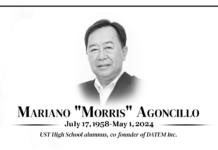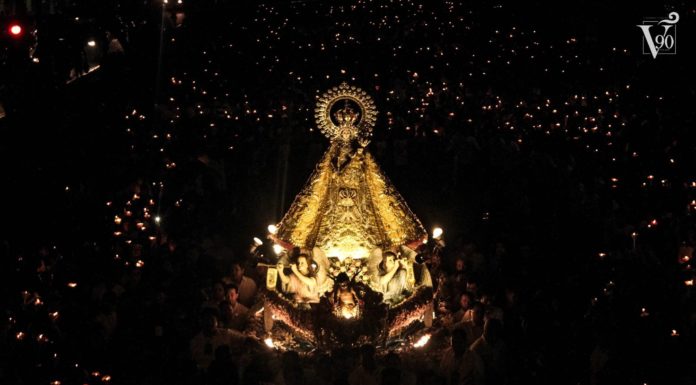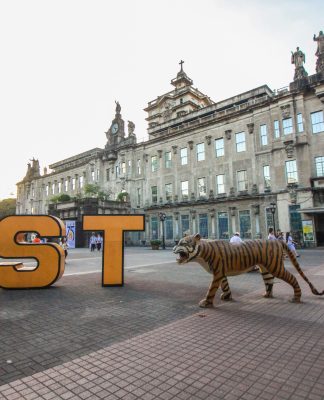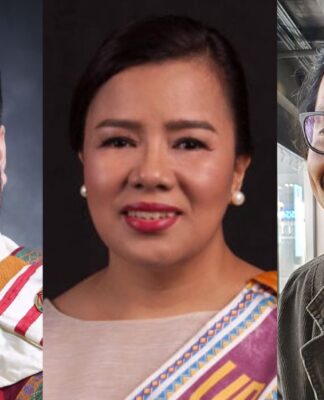AFTER many years of confusion during elections, the Central Student Council (CSC) Constitution has been finally amended.
The new Constitution, allows previous Central Student Council officers to run for CSC president and vice-president. Those with failures can also run as long as their failed grades were not obtained during the preceding semester.
According to CSC secretary Ryan Oscar Aplicador, since electoral provisions of the 11-year-old Constitution proved difficult to interpret and “failed to clarify” who should run for office, a constitutional amendment was necessary.
Applicador added that the CSC elections have been plagued with different interpretations on the qualifications of candidates for president or vice-president. Previously, despite Article Six Section D of the Constitution stating that only local student officers are allowed to run for the position of president and vice-president, Alyansa ng Kristiyanong Lakas (Aklas) presidential candidate Kathrina Rallanka was allowed to run by the Central Commission on Elections (Comelec) for school year 1999-2000.
But the same political party had troubles with the Comelec, which disqualified presidential candidate Angelica Relucio and vice-presidential candidate Jill Javelosa, who were CSC officers before, to run for SY 2001-2002, reversing its previous decision.
From the political party the United Thomasians’ Action Council (Utac), Genesis Tan was also questioned for his failure in his freshmen year by Aklas. The Comelec then allowed Tan to run since local SC constitutions allow candidates to run if their failure was not obtained during the preceding semester.
Another major change included in the Constitution is the creation of the Central Judiciary Council.
It is composed of the CSC adviser, UST legal counsel, the chief of the legal aid clinic of the Faculty of Civil Law, CSC president, and the CB speaker. All five are members in an ex-officio capacity and “shall exercise its judicial power to settle actual controversies involving rights, which are legally demandable and enforceable based on policies, rules and regulations formulated by the CSC.”
According to Article Seven Section Three, the Central Judiciary Council “exercises jurisdiction over the decision made by the COMELEC presented to the body.” Aplicador said the Central Judiciary Council will function as “interpreters.”
The Constitutional Amendment had to go through a tedious process before reaching its final draft.
A Constituent Assembly presented the “working papers” containing proposed amendments and the copy of the old Constitution to the Constitutional Convention last April 15-16. The Constitutional Convention submitted its final draft last April 19.
The Constituent Assembly was composed of the six members of the Executive Board and the 16 members of the Central Board or their authorized representatives. The Constitutional Convention consisted of the representatives from the different colleges.
Aside from the change of a candidate’s qualification, the addition of a third body, the Constitutional Ammendment also “formalized” the Student Organizations Coordinating Council (SOCC) autonomy.
“SOCC will stand as an independent constitutional committee so they will work just like COMELEC. They stand on their own, meron silang funds, sariling rules and set of officers,” Aplicador said.
The new Constitution saw significant changes with the more detailed Article two Bill of Student Rights containing 28 provisions from the old Constitution’s 23.
The Constitution still awaits student ratification in the coming school year to be come effective. Maria Pacita C. Joson

















